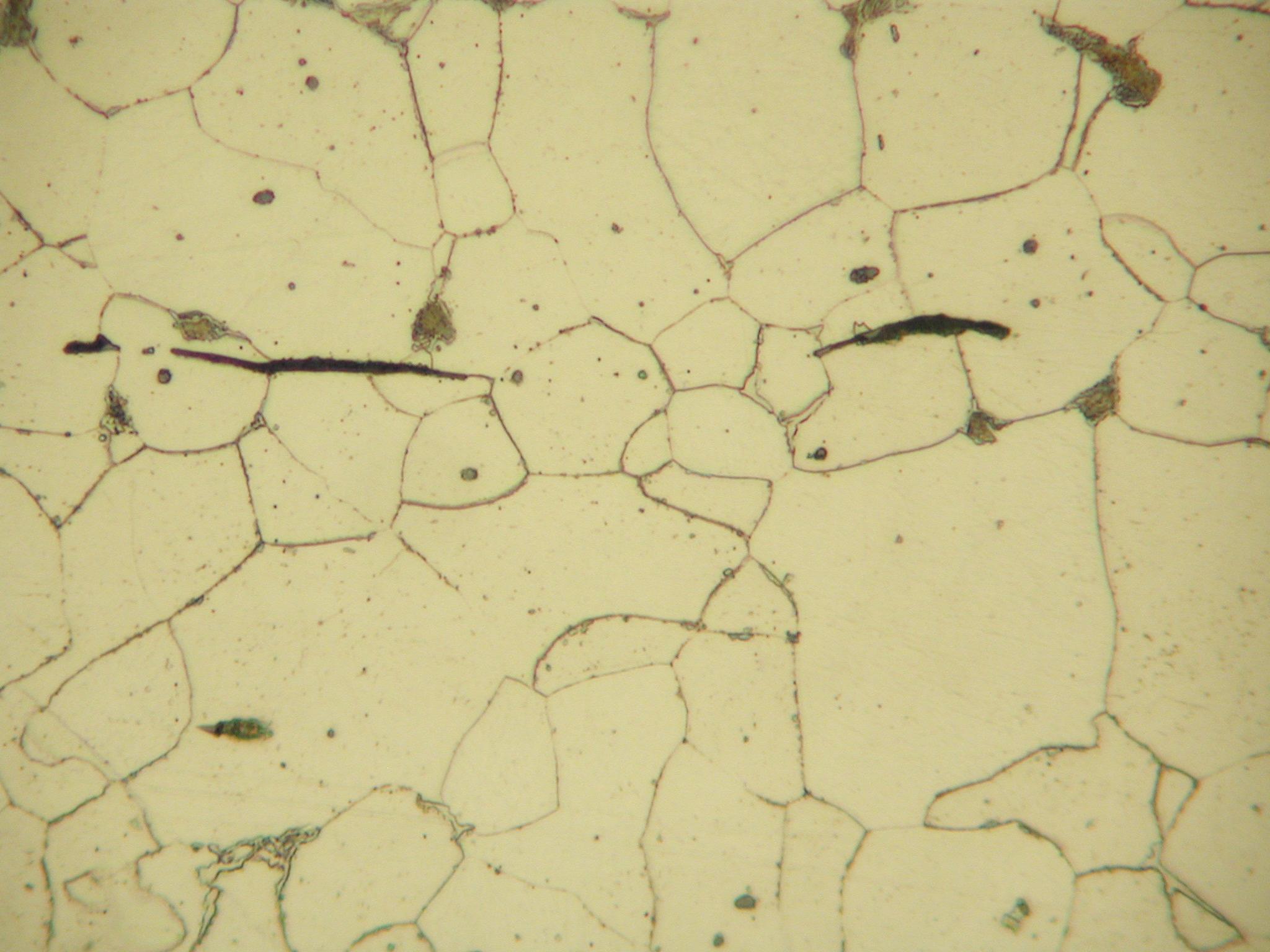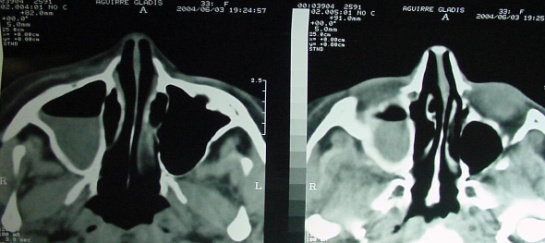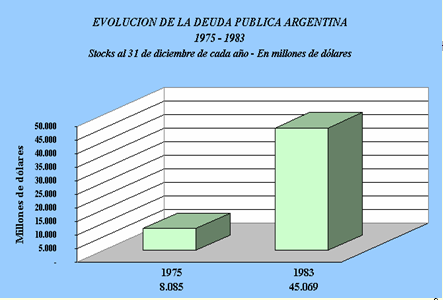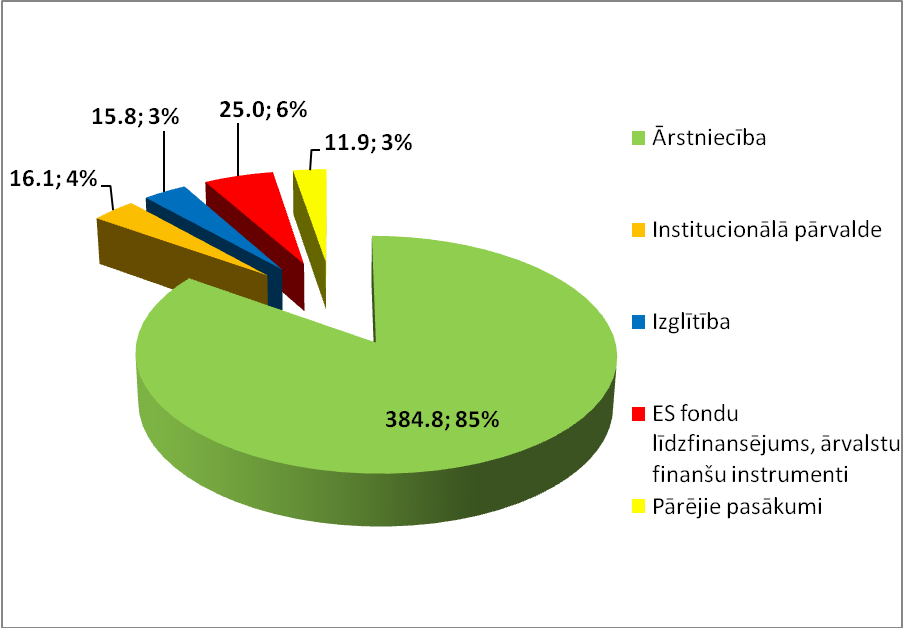grassroots progressive christianity a quiet revolution by hal taussig in chicago a tony award–winning piano player improvises a jazz t
Grassroots Progressive Christianity
A Quiet Revolution
By Hal Taussig
In Chicago a Tony Award–winning piano player improvises a jazz tune
while some thirty church members dance and another hundred sing . . .
in Phoenix a congregation can hardly wait for new scholarship on who
Jesus was as a first-century Galilean . . . in Boston the United
Methodist bishop, a woman, appointed a pastor to the new church formed
explicitly to affirm the full participation of gays and lesbians . . .
in semirural Washington some nuns are entering the twelfth year of
their “Earth Ministry” dedicated to a new ecological consciousness . .
. in Decatur, Georgia, a group of women that started worshipping in
the late 1990s in each other’s houses has now settled into life
together as a feminist congregation.
In Manhattan the thirty-year-old woman associate pastor preaches about
urban poverty the morning after she was a stand-up comic in the
church-sponsored night club . . . in Delaware the visiting leader of
the Center for Progressive Christianity helps a group of churches
examine the relationship between science and religion . . . in
Wichita, the second largest United Methodist church in Kansas baptizes
a child of an openly lesbian couple . . . in California’s wine country
hundreds of clergy gather to hear leading biblical scholars from
around the country . . . in a Capitol Hill neighborhood Episcopalians
form a communion circle of more than one hundred people of different
races, sexual orientations, and classes . . . in Philadelphia’s
ultraconservative Roman Catholic diocese hundreds gather in an urban
neighborhood parish church each week to challenge each other’s and the
archdiocese’s racism . . .
In Alabama 700 people gather to hear an Episcopalian author talk about
why Christianity must change or die . . . in Rochester, New York, an
entire parish decides to break with the Roman Catholic hierarchy and
ordain a woman to the priesthood . . . in Lancaster, Pennsylvania, a
local Mennonite church which proclaims itself as a refuge for divorced
people, gays, and lesbians has grown so much in the past fifteen years
that it has gone through two building programs . . . in countless
cities “faith sharing groups” have challenged Roman Catholic
prohibitions by having eucharists in their homes without priests.
New voices celebrating a lively, open-minded, and open-hearted
Christianity are emerging at the grass roots across America.
Comfortable with their own faith, they also insist that they are not
better than Jews or Muslims. In contrast to the old liberals of the
1960s and 1970s, these new voices are just as interested in
spirituality as they are in justice. With much more confidence than
Christians of the mid-twentieth century, this new momentum strongly
affirms both intellectual analysis and emotional expression of one’s
own faith. With constituencies of both inspired youth and seasoned
leaders, new groups advocate strongly for the causes of women, gays
and lesbians, and the environment. Weary of materialist decadence,
these voices proclaim a Christian practice that helps individuals
resist the dominant American paradigms.
A New Spiritual Home: Progressive Christianity Emerges at the Grass
Roots, my most recent book just published by Polebridge Press, is
about these new voices and their new movement. It describes,
celebrates, and assesses them. Less a proposal for some new dream of
Christianity, this book is the product of a yearlong research team
having found some astonishingly new developments with promise for a
very different future. Indeed, what the nationwide research shows is
that a similar and new kind of Christianity has emerged at the grass
roots across America in the last fifteen to twenty years. This
research project has dared go below the surface of reactionary
Christianity struggling to hold on to the past or fading denominations
unsure of what they represent. Underneath this veneer, it turns out,
is a nationwide impulse well underway that is already practicing a new
kind of Christianity.
These new voices do not make up the majority of Christians. But they
are refreshingly confident about a new lease on Christian expression
that is strikingly different from both the fundamentalism and the
flailing denominations often featured in the American press. Rarely
self-aware on regional or national levels, this new momentum is just
discovering itself. Only within the last six or seven years has it
gathered on more than the grassroots level. Because it is both within
and outside ordinary Christian denominations, this phenomenon has no
clear leadership. Like most grassroots experiences, it is bubbling up
in a variety of forms. Like the seeds growing secretly in the gospel
parable, the new voices, once identified, surprise us with their
fullness.
Nor are these new communities— the research has discovered literally
thousands of them —a result of some national program or initiative
from above. Although they exist clearly within all denominations,
including Catholicism, their emergence is not in response to an
overarching collaboration among the various religious bureaucracies.
Nor are they a product of some popular and charismatic national
preacher. Rather, in their similarity, they come from an unorganized
but broad-ranging kind of Christian response to felt needs for vital
spirituality, intellectual integrity, new ways of expressing gender,
an alternative to a Christian sense of superiority, and a desire to
act more justly in relationship to the marginalized. This is a
dispersed grassroots phenomenon across a wide range of
denominationalism.
The Term “Progressive Christianity”
I am calling this emergent movement of Christianity in the United
States “progressive Christianity.” It is not yet the perfect term, and
as the phenomenon develops, a better term may come into view. This
term is descriptive inasmuch as “progressive” is a term being used
increasingly by the people themselves who make up this movement.
Although there is far from unanimity for the term, there are some
clear signs of it working as at least a provisional word this kind of
Christian uses for himself or herself. For instance, the only national
organization to which this book’s subject matter approximately
corresponds is the Center for Progressive Christianity. Theologian
John Cobb has edited a book in the past five years that proposes a new
justice-centered Christianity and calls it “progressive Christianity.”
Author Marcus Borg, whose books have become quite popular with this
new kind of Christian, dedicates his recent The Heart of Christianity:
Rediscovering a Life of Faith to a couple of Texans and their
“commitment to progressive Christianity.”
Other terms might be used, but have distinct disadvantages. To a
certain extent the term “liberal” might apply. Certainly the
commitment to intellectual open-mindedness and to acting for social
justice has been at the center of the self-understanding of Christians
who think of themselves as liberal over the past fifty years. However,
many of “liberal” churches still exist with this focus and without
having developed the new excitement about spirituality and expressive
worship I have discovered across the country in so many other socially
conscious and intellectually stimulating churches. So I do not use the
term “liberal” for the vital new movement I want to describe. Rather,
I consider a “liberal” church to be one that has not changed much in
the past twenty years and has maintained a strong intellectual
openness, an emphasis on social justice, a traditional worship with a
lot of preaching and very little participation or expressiveness by
the people, and not much attention to feminism, gay and lesbian
issues, spiritual renewal and experimentation, or other religions. The
new nationwide trend profiled in A New Spiritual Home emphasizes
creative worship, feminism, gay-friendliness, and new attitudes toward
other religions. In this regard, “progressive” seems preferable to
“liberal” in designating the new movement, while “liberal” is a
convenient term for the churches with an older mix of traditional
piety, intellectual rigor, and emphasis on social justice.
“Open-minded” and “open-hearted” as a combination has much to commend
it in relationship to this new movement. In contrast to the way I am
using “liberal,” it connotes the new spiritual vitality of this new
movement. Unfortunately, this combination is part of the new
denominational motto of the national United Methodist Church: “open
minds, open hearts, open doors.” While pleased that this denomination
wants to claim open-mindedness and open-heartedness for all its
churches, I know as a United Methodist pastor that United Methodism is
much more conventional, much less creative, and much less
adventuresome than the amazing set of Christian churches,
organizations, and individuals documented in my research.
Something also needs to be said about the term “Christian” in the
descriptor “progressive Christianity.” Although the emergent movement
I am describing does not think of Christianity as better than other
religions, that does not mean that the participants in this movement
are not Christians. Some of those described in this book are somewhat
uncomfortable with the self-designation “Christian.” And, they do seem
quite different from the majority of Christians in the United States.
Nevertheless, there does not seem to be a better term for people who
talk about Jesus, read the Bible regularly, and practice the rites of
breaking bread and baptizing those new to the community as this new
movement does. So I have concluded that just because these new
Christian communities do not conform to some of the conventional
models does not mean that they are not Christian.
Even though forms of conservative or reactionary Christianity may
dominate the American scene and even embarrass some participants of
the new movement, I am quite sure that it is not only accurate, but
also important to call this new movement “progressive Christianity.”
This distinguishes progressive Christians from evangelical Christians,
cultural Christians, New Age adherents, mainline Christians, Jews,
Muslims, and many Quakers and Unitarians. Just clarifying these
differences helps to identify the rather spectacular new promise this
movement brings into view.
The Five Characteristics
of Progressive Christianity
1. A spiritual vitality and expressiveness. The wide-range of churches
and groups in this movement—in contrast to the traditional liberal
Christians—are not just heady social activists and intellectuals. They
like expressing themselves spiritually in meditation, prayer, artistic
forms, and lively worship. It is astonishing how similar these
spiritual and worship expressions are, even though they come from
widely different denominations and parts of the United States. A New
Spiritual Home details five aspects of this new spiritual vitality:
participatory worship, expressive and arts-infused worship and
programming, a reclaiming of discarded ancient Christian rituals (for
example, baptismal immersion and anointing with oil), a wide variety
of non-Christian rituals and meditation techniques, and development of
small groups for spiritual growth and nurture.
2. An insistence on Christianity with intellectual integrity. This new
kind of Christian expression is devoted to and nourished by a
wide-ranging intellectual curiosity and critique. It interrogates
Christian assumptions and traditions in order to reframe, reject, or
renew them. God language, the relationship between science and
religion, and postmodern consciousness are the major arenas of this
intellectual rigor.
3. A transgression of traditional gender boundaries. These groups are
explicitly and thoroughly committed to feminism and affirmation of
gay, lesbian, bisexual, and transgender people. The feminism is
regularly a part of new kinds of family and child-rearing dynamics.
The extent of gay-friendliness is illustrated by at least seven
national Christian movements devoted to support of GLBTs and rooted in
thousands of local churches.
4. The belief that Christianity can be vital without claiming to be
the best or the only true religion. In contrast to mainstream
Christianity’s lukewarm “tolerance” of other religions, progressive
Christianity pro-actively asserts that it is not the best or the only.
Progressive Christians take pains to claim simultaneously their own
Christian faith and their support of the complete validity of other
religions.
5. Strong ecological and social justice commitments. The longstanding
Christian interest in aiding those who suffer or are poor is continued
in progressive Christianity. Similarly, this new movement is committed
to old style liberal social justice programming and peace advocacy. In
addition, however, there is a passion for environmentalism, including
explicit attention to changing life style and consumer patterns in
order to lessen the human footprint on the Earth.
Where to Find Progressive Christianity
One of the most surprising aspects of my team’s research was the
breadth and depth of this new phenomenon of progressive Christianity.
We found it in all geographical sections of the country and in urban,
small town, and suburban America. There are two major forms of this
emerging kind of Christianity. The first is not at all a new form per
se, but is a powerful expression the new progressive Christianity.
The research found over one thousand local churches which fit the five
characteristics described above. Some fifty of them are profiled in
the book, A New Spiritual Home. They include some of the churches
mentioned at the beginning of this article. Another is the Park Slope
United Methodist Church in Brooklyn, New York, a diverse congregation
bursting with drama in its worship, social justice and ecology in its
program, and new congregation-designed windows celebrating liberation
figures of the twentieth century. Like Calvary UMC in West
Philadelphia, Glide Memorial UMC in San Francisco, Judson Baptist
Church in Greenwich Village in New York, and the Church of the Savior
in Washington, D.C., Park Slope UMC has drawn deeply on its diverse
neighborhood.
St. Stephen’s Episcopal Church in Houston, Texas, which marches in the
city’s annual gay pride parade, has a weekly worship service intended
for people who have never developed a church affiliation or who may
have left the church because they no longer felt comfortable or
connected or because “organized religion” no longer seemed relevant to
their lives. This Sunday evening, called “Engaging the Questions,”
bursts the regular Episcopal bonds. The service includes active
discussion of questions such as, “What does it mean to be a person of
integrity?” “What is a person of faith?” and “Is there a purpose to
human life?” “Engaging the Questions” is not, however, a mostly
cerebral engagement. It integrates discussion of big questions into
dramatic performances, eclectic music, and artistic expression of
biblical texts.
The North Raleigh United Church in North Carolina has a strong
relationship to Muslim worshipping communities and gives 51% of all
its income to ministries beyond itself. The Jesus Our Shepherd Parish
in Allentown, Wisconsin, is a Catholic Church with three married
priests. The Circle of Grace Community Church in Decatur, Georgia is a
feminist-based house church. Noe Valley Ministries in San Francisco
sponsors eight different hours of worship or meditation: five “quiet
times” each weekday morning, one meditation service on Sunday morning,
a Wednesday morning “prayer circle,” and the regular Sunday morning
worship. This intense spiritual focus has not impeded NVM in social
justice programming. NVM participates in the larger San Francisco area
efforts of Habitat for Humanity, the Religious Witness for the
Homeless, the San Francisco Food Bank, Foundations for Education,
Inc., La Casa de las Madres, Raphael House, and Sequoia.
Proudly proclaiming itself as “an alternative to church as usual,”
Christ Community Church in Spring Lake, Minnesota, has a strong sense
of spirituality and worship expression, eschewing the old liberal
dichotomy of head and heart by focusing simultaneously on the “awe of
worship” and a ministry of theological inquiry. The CCC mission
statement claims Christian identity full-heartedly but without a sense
of superiority over other religions: “Christ Community finds its
window to God in the face of Jesus while affirming the quest and
insight of other faiths: opening ourselves to dialogue and mutual
enrichment in our pluralistic world.”
The great majority of Extended Grace Faith Community (Lutheran) in
Grand Haven, Michigan, is under thirty-five, and “led by young adults,
many of whom have been hurt or made to feel unwelcome in traditional
church environments.” The main worship and gathering place for these
people is a former Steakhouse bar and restaurant. Although many of the
readings come from Buddhism or Sufism, the worship is “unashamedly
Christ-centered.” Each Sunday worship service contains a communion
meal right alongside eastern meditation practices. Extended Grace is
an official “Reconciling in Christ congregation,” the Lutheran term
for local churches that have made an official Affirmation of Welcome
to GLBT people.
The second main form of progressive Christianity can be called “the
Roman Catholic resistance.” Although official Roman Catholicism in
America has in the past twenty-five years come increasingly under the
control of centralized and reactionary hierarchy, two factors have
come together to form a significant faction of genuine American
Catholicism. These two factors are: 1) the foundational reforms to
Catholicism articulated in the Second Vatican Council; 2) a network of
sub- or extra- parish communities committed to the same five
characteristics evident in the progressive local churches sketched
above.
This network of Catholic resistance is astonishingly widespread and
persistent. Although rarely existing as an official or entire parish,
it appears in almost every part of the country. There are two main
populations of this network. The first is what has come to be called
“Small Christian Communities.” These groups (SCCs) exist at the edges
of organized Roman Catholicism. Many of them have been started by
regular parish initiatives and continue to consider themselves a part
of those parishes. Some of them have originated through the
initiatives of individuals, a religious order, or an informal action
within an existing parish.
The SCCs gather in small groups. Although some have grown to include
as many as five hundred members, the typical SCC meets in a home or
parish hall and has a constituency under thirty people. About
one-third of SCCs gather weekly and another one-third gather biweekly.
These groups are made up almost entirely of laypeople, although
occasionally a woman religious or—less frequently—a priest will take
part.
When SCCs gather, they typically engage in the following: prayer,
faith sharing, discussion of scripture, spiritual exercises, group
silence, and sharing of visions. Some of them also share eucharist
regularly, sometimes with a priest and sometimes without. Their
leadership is mostly informal, almost always from within the group,
and consistently of a volunteer nature. The members of the group
pledge to support one another in crises. They generally work together
outside their spiritual gatherings on a “mission” project that
addresses a particular social or economic need. Almost half of the
groups engage as a group in a larger advocacy action in society. These
include working for the elimination of poverty, advocacy for human
rights, and protesting social injustice.
Commissioned and funded by the Lilly Foundation in 1996, Bernard Lee,
S.M., of Loyola University in New Orleans and William V. D’Antonio of
the Catholic University of America in Washington, D.C. directed a
massive team of researchers to study these SCCs. The study produced a
book, The Catholic Experience of Small Christian Communities (Paulist
Press, 2000), that describes and documents these communities, of
which, it estimates, there were 37,895 as of 2000, the year of the
study. Analysis of Lee and D’Antonio’s research reveals that about
half of these—some 19,000 groups—fit the above five characteristics of
progressive Christianity. It is clear then that American Catholicism
has literally hundreds of thousands of active progressive Christians
flying beneath the official radar, and thriving in these small
Christian communities.
The other major population of Catholic resistance is a significant
proportion of American nuns (or, as they prefer to be called, “women
religious”). These women are the one part of the American Roman
Catholic Church that is still working hard to implement the Vatican II
Council’s call in the 1960s to aggiornamento (an Italian term for
“updating” that refers to the task of bringing faith to contemporary
expression). Although one can still find some conservative orders of
women religious, the vast majority have made earthshaking shifts in
their lifestyle, outlook, self-understanding, and appearance. Most
American women religious no longer wear habits and so are almost
invisible to the public. But they are nearly everywhere.
Today the great majority of American women religious live in small
communities. The leadership is rarely hierarchical and governance
tends to be relatively democratic. These women continue to lead
celibate lives, have little or no private property, and pray
communally at least once a day. Their professions vary widely within
the helping professions. It is not unusual for such groups to have
professors, social workers, elementary school teachers, therapists,
and church workers living together with a strikingly simple lifestyle.
The Leadership Council of Women Religious (LCWR) is the national
clearinghouse for this astonishingly strong movement. LCWR provides
major resources for the thousands of communities of women religious
across the country. LCWR’s official self-understanding corresponds in
major ways to what my book portrays as progressive Christianity.
LCWR’s 2004 official declaration of goals for the next five years
starts with the ongoing commitment to vital spirituality, vowing both
to “ground all our actions in contemplation” and to “welcome . . . new
ways of living into the future of religious life.” LCWR, which
represents about 1,000 different orders of women religious in America,
has a strong new focus on environmental consciousness, pledging to
“live and lead rooted in right relationship with all creation.” The
other goals place emphasis on “peacemaking and reconciliation,” the
challenge to “risk being agents of change within our congregations,
our church, and our society,” and working to “stand with those made
poor, particularly women and children.”
Perhaps one of the surest indications that LCWR belongs to the
implicit progressive Christian movement in the past fifteen years is
the strong opposition to it by conservative Catholic organizations.
“Catholic Culture,” a conservative watchdog organization, advises the
public against LCWR’s “radicalization coinciding with the rise of
feminism and the post-Vatican II confusion.” It worries that in 1979
Sister Theresa Kane, then “head of the LCWR” had “chided the pope for
not ordaining women.” This conservative attack on LCWR accuses it of
“antagonism toward the hierarchy and Church teachings,” promoting “the
causes of dissidents,” and being “loaded with liberalism’s
terminology.”
Progressive Christianity is observable in other places. A New
Spiritual Home has chapter-length treatments of two other phenomena:
some similar developments in relatively new denominations like Unity
and the Metropolitan Christian Church and what I call—with gratitude
to Bishop John Spong for part of the term, “the exiles” and their
books. The exiles, as Bishop Spong describes them, by and large do not
belong to a community, but are active in their hope for alternatives,
often through their devotion to a new dose of books over the past
decade, often published by Polebridge Press.
Conclusion
It is my hope that this portrait of emerging progressive Christianity
may interest those disillusioned souls who think that the only
Christian shows going these days are the reactionary evangelicals or
the frightened mainstream institutions. I also wish that those many
different creative, progressive Christians who have courageously
hammered out new ways of being together in the past two decades might
realize that they are not alone. Finally, it seems that the research
this book reports may spark some new regional and national
conversations among progressive churches so that they may emerge more
clearly as the eloquent new national Christian voice they are.
It is clear to me that this new vibrancy at the grass roots will not
become a majority phenomenon in America in any foreseeable future. In
this regard, it seems to me that evangelical Christianity will
continue to play a large role in American Christianity for at least
the next generation. And, even though I suspect that denominational
Christianity has—for better and worse—outlived its usefulness and
attraction for most Americans, it will probably take at least several
decades to die.
Grassroots progressive Christianity is cross-denominational in
character. That is, it is emerging organically from the grass roots
across the country without denominational impulse or charismatic
national leader. Its strength lies in the integrity of its search for
more authentic Christian expression and articulation.
In many ways, this new and widespread impulse can be compared to the
renewal of portions of Christianity in the Dark and Middle Ages
through the establishment and flourishing of monasticism. Monasticism
emerged in Europe as a powerful minority protest against the
corruption, intellectual laziness, and spiritual roteness of the
mainstream institutional churches. The monasteries, abbeys, and
cloisters became innovative expressions of spiritual renewal and
intellectual rigor. They influenced the future of the churches far
beyond their numbers because of their integrity and insight. Today’s
vital grassroots Christianity can also be such a renewing force and
exceptional influence on its culture.
Hal Taussig is Visiting Professor of New Testament at Union
Theological Seminary in New York. He is also co-pastor at the Chestnut
Hill United Methodist Church. His books include A New Spiritual Home:
Progressive Christianity at the Grass Roots (2006), Re-Imagining Life
Together in America (2002), Jesus Before God (1999), Re-Imagining
Christian Origins (1996), and Wisdom’s Feast (1996). He is also a
member of the Jesus Seminar, sponsored by the Westar Institute.
Originally published in The Fourth R, An Advocate for Religious
Literacy, May-June, 2006, Vol. 19, Number 3. The Fourth R is published
by Polebridge Press on behalf of the Westar Institute. For more
information about Westar and it’s publications, programs and research
(including the Jesus Seminar), go to www.westarinstitute.org.
 S TRATEGY FOR AN IUCN PRESENCE IN EUROPE DRAFT
S TRATEGY FOR AN IUCN PRESENCE IN EUROPE DRAFT NAZWISKO I IMIĘ GRUPA DATA ZESPÓŁ OCENA ROK AKADEMICKI
NAZWISKO I IMIĘ GRUPA DATA ZESPÓŁ OCENA ROK AKADEMICKI SMLOUVA O ZAJIŠTĚNÍ ODBORNÉ PRAXE I SMLUVNÍ STRANY
SMLOUVA O ZAJIŠTĚNÍ ODBORNÉ PRAXE I SMLUVNÍ STRANY CIRUGIA DEL SENO MAXILAR OD CAMPAGNALE RAMIRO (ESPECIALISTA EN
CIRUGIA DEL SENO MAXILAR OD CAMPAGNALE RAMIRO (ESPECIALISTA EN WNIOSEK O WYDANIEZMIANĘ UPRAWNIENIA DIAGNOSTY … (MIEJSCOWOŚĆ I
WNIOSEK O WYDANIEZMIANĘ UPRAWNIENIA DIAGNOSTY … (MIEJSCOWOŚĆ I TC SANAYİ VE TİCARET BAKANLIĞI TÜRKİYE SANAYİ STRATEJİSİ BELGESİ
TC SANAYİ VE TİCARET BAKANLIĞI TÜRKİYE SANAYİ STRATEJİSİ BELGESİ WAIKATO BIODIVERSITY FORUM NEWSLETTER AUGUST 2010 NUMBER 28 KIA
WAIKATO BIODIVERSITY FORUM NEWSLETTER AUGUST 2010 NUMBER 28 KIA EL SISTEMA DE CRÉDITO PÚBLICO LA DEUDA PÚBLICA DE
EL SISTEMA DE CRÉDITO PÚBLICO LA DEUDA PÚBLICA DE DEAR POTENTIAL MENTOR THANK YOU FOR YOUR INTEREST IN
DEAR POTENTIAL MENTOR THANK YOU FOR YOUR INTEREST IN VALSTS VESELĪBAS APDROŠINĀŠANAS KONCEPCIJA I IEVADS AR MINISTRU PREZIDENTA
VALSTS VESELĪBAS APDROŠINĀŠANAS KONCEPCIJA I IEVADS AR MINISTRU PREZIDENTA